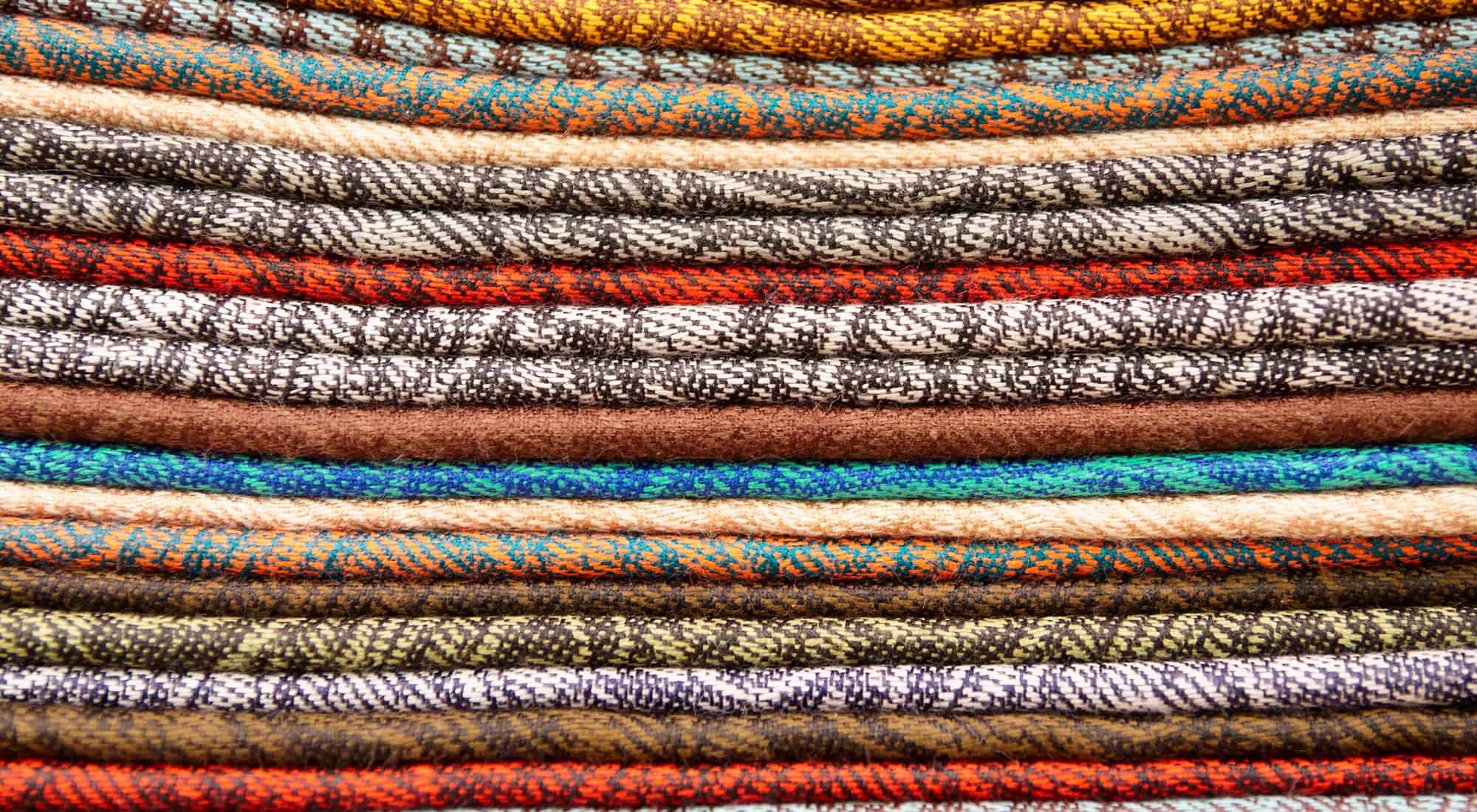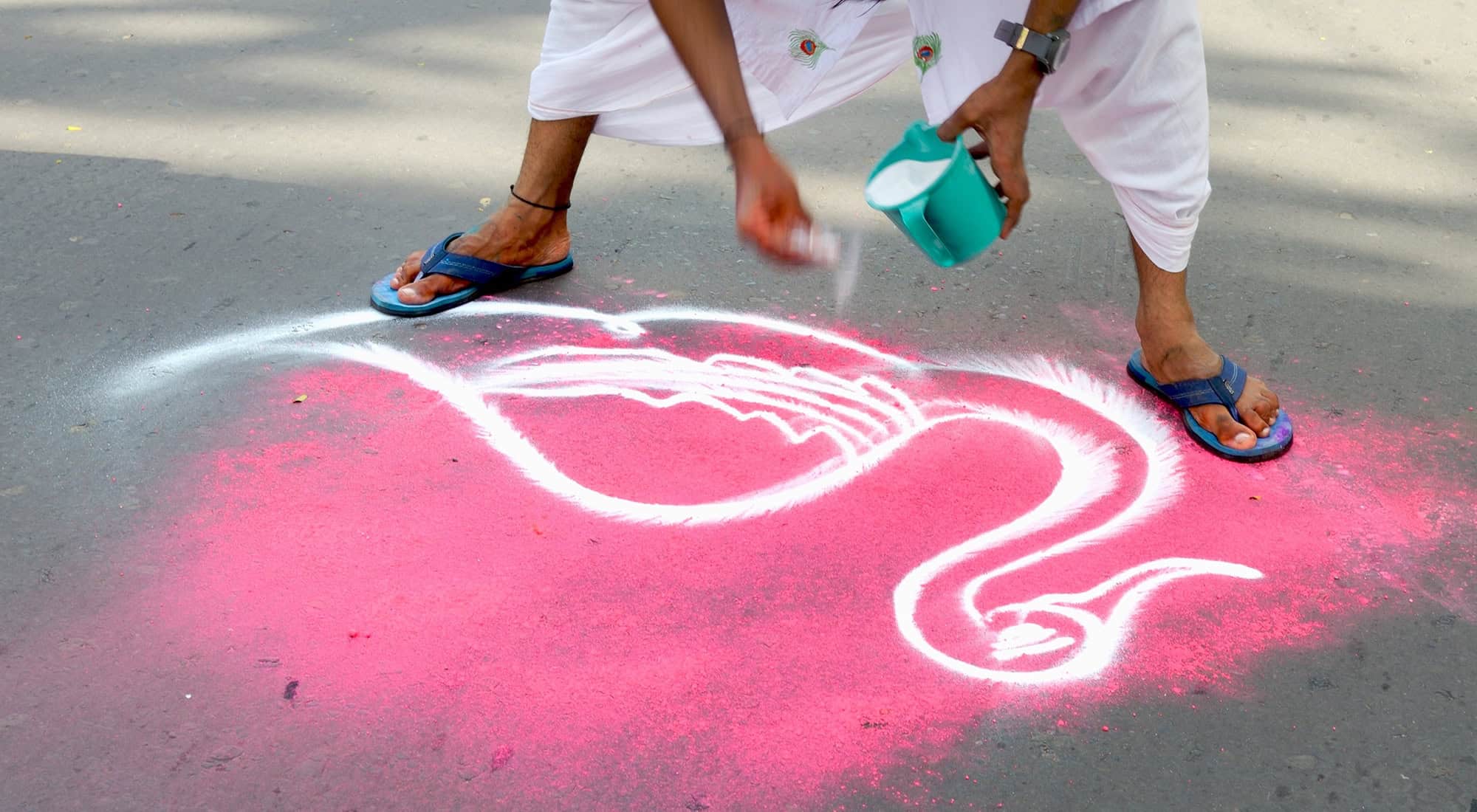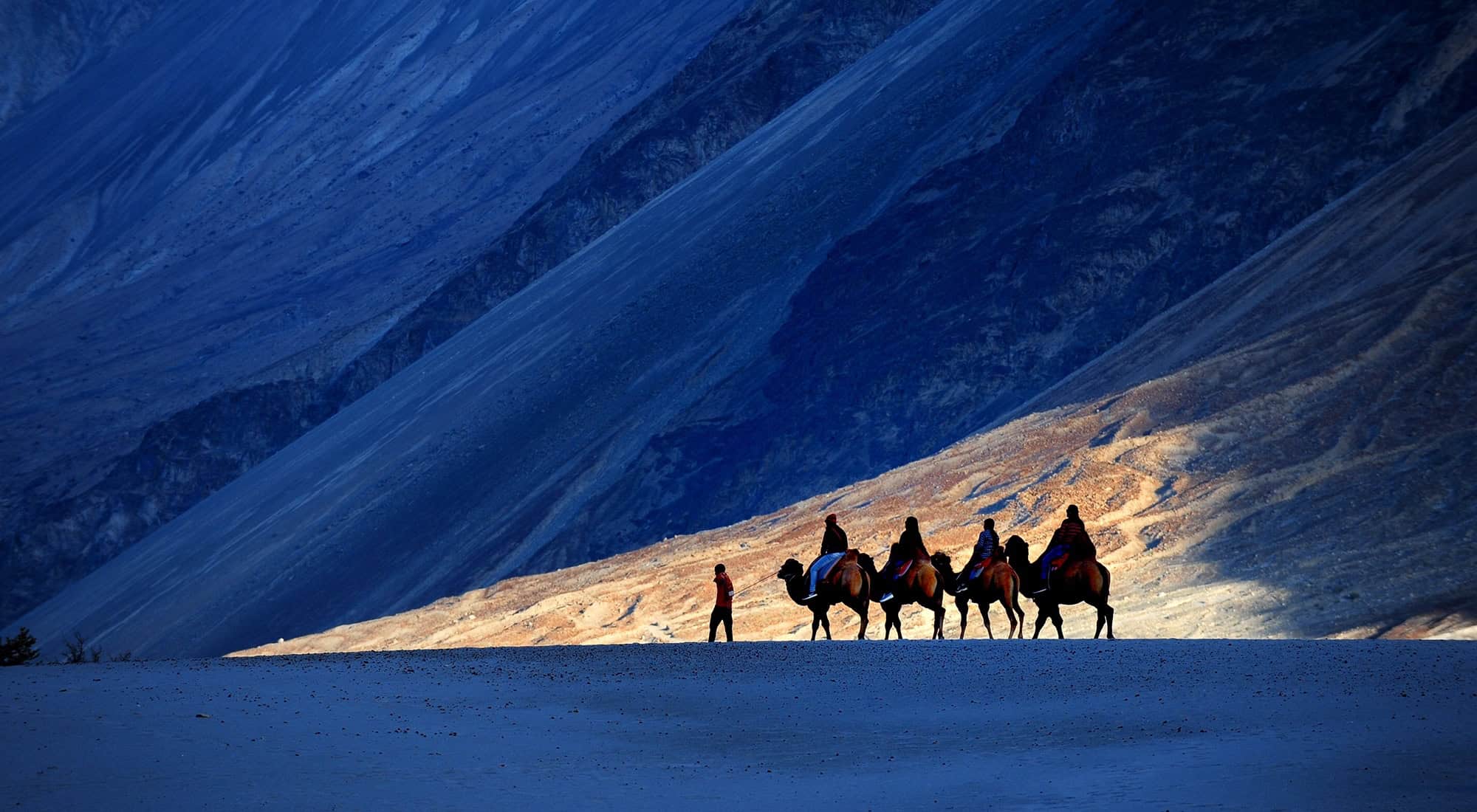Kashmir is deservedly famous for its distinctive and fine handicrafts.
Many of these developed when Srinagar was a trading post on the ancient trans-Himalayan trade route. High-quality craftsmanship in India initially owed much to the patronage of the court and Kashmir was no exception. From the 15th century onwards, carpet making, shawl weaving and embroidery and decorative techniques were actively encouraged and the tradition grew to demands made at home and abroad. Since tourism has been severely affected in the Vale of Kashmir since 1989, Kashmiri tradesmen have sought markets in other parts of India.
Kashmir shawls are world renowned for their softness and warmth. The best are pashmina and shahtush, the latter being the warmest, the rarest and, consequently, the most expensive. Prized by Moghuls and maharajas they found their way to Europe and, through Napoleon’s Egyptian campaign, became an item of fashion in France. The craft was possibly introduced from Persia in the 15th century. Originally a fine shawl would take months to complete especially if up to 100 colours were used. The soft fleece of the pashmina goat or the fine under hairs of the Tibetan antelope were used, the former for pashmina (cashmere) shawls, the latter for shahtush. The very best were soft and warm and yet so fine that they could be drawn through a finger ring. The designs changed over the years from floral patterns in the 17th century to Paisley in the 19th century. The Mughals, especially Akbar, used them as gifts. However, with the introduction of the Jacquard loom, cheap imitations were mass produced at a fraction of the price of hand woven shawls. Kashmiri shawls thus became luxury items, their manufacture remaining an important source of employment in the Vale, but they ceased to be the major export.
Hand-knotted carpets were traditionally made in either pure wool or mixed with cotton or silk. However, nowadays pure wool carpets are hardly produced in the valley, the preference being for silk. The patterns tend to the traditional, the Persian and Bukhara styles being common, though figurative designs such as The Tree of Life are becoming increasingly popular. A large carpet will take months to complete, the price depending on the density of knots and the material used, silk being by far the most expensive. The salesmen usually claim that only vegetable dyes are used and whilst this is true in some instances, more readily available and cheaper chemical dyes are commonplace. After knotting, the pile is trimmed with scissors, loose threads burnt off and the carpet washed and dried. Young boys work with a master and it is common to hear them calling out the colour changes in a chant. Child labour in carpet making across North India is increasingly widely criticized, but government attempts to insist on limiting hours of work and the provision of schooling are often ignored. Look for the rug mark awarded when no child labour is used.
Papier mâché boxes, trays, coasters make ideal gifts. Paper is soaked, dried in a mould, then painted and lacquered. Traditionally, natural colouring was used (lapis lazuli for blue, gold leaf for gold, charcoal for black) but this is unlikely today. The patterns can be highly intricate and the finish exquisite. Other crafts include crewel work (chain stitching) on fabric, Kashmiri silver jewellery, silk and fine woodcarving, particularly on walnut wood.










